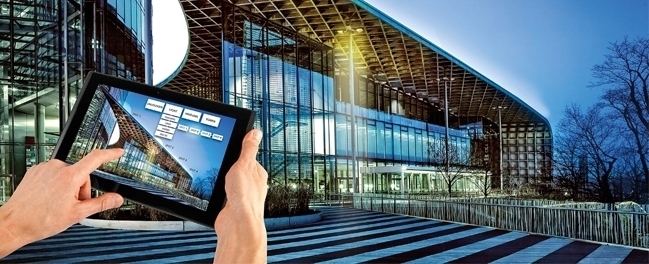
It was not possible that the buildings could not become smarter when everything was becoming smarter. Smart buildings have been on the agenda for a long time, but no standard has been established yet. Buildings with the systems where almost all electromechanical devices operate integrated with each other are called smart buildings, and buildings with a system where a simple alarm panel and two flood detectors are monitored are called smart buildings. As long as we do not discuss and classify what is not a smart building from the end user to the investor, from the contractor to the integrator company, this confusion of concept will continue. No one, except the experts on the subject, will be able to compare how smarter one building is than the other.
Before we make an assessment of a smart building, we need to discuss how each system can be understood whether it is smart or how smart it is. The concept of automation, in which a similar process has been experienced in the past, will be very helpful to us.
First of all, let's look at the answer for the question about what automation is. The sharing of a defined work between people and machines is called automation, and the ratio of this sharing is called automation level. If the whole work is carried out by the machine, the automation level will be 100%, and if the whole work is carried out by humans, the automation level will be 0%.
Let's make the subject more understandable through a simple example: our definition of work is to heat a liter of water to 90 degrees with an electric heater. In a system where one turns the electric heater on and off by observing the thermometer that he/she has submerged into water, the level of automation will be 0%, because the entirety of the defined work is performed by a human. If we submerge a thermostat with the mechanism to turn off the electric heater at 90 degrees in water, the level of automation will be 100% because the thermostat will perform the entire work.
When we add the fact that the water level does not fall below 0.5 liters to the defined work, we can perform half of the entire work by using only the thermostat and the automation percentage will be 50% due to the reason that as the water level decreases, water is added by humans. If we want to make the automation level 100% again, we will need to add an electric valve and a level switch to control the water addition to the system. When the water level decreases, the level switch will turn on the valve and turn it off when it increases.
Based on the definitions of automation and automation percentage, we can easily evaluate whether or not it is smart for each system. All we have to do is to define the work to be performed and to measure how much of the system, which is said to be smart, can perform this work without the need for humans.